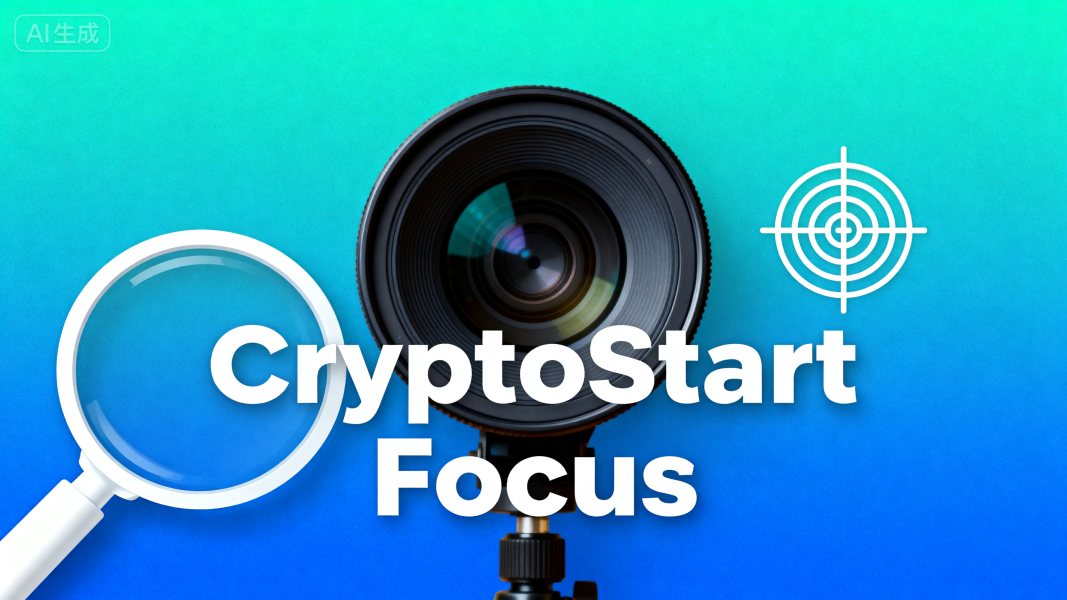Real Crypto Simulator: Train in a Live Market Replica
Practice crypto trading with virtual funds—1:1 sync with real exchanges, no risk, full authenticity.
What Is a Real Crypto Simulator?
A real crypto simulator is an advanced virtual platform that replicates every detail of live cryptocurrency trading—from real-time prices and order books to fees and liquidity—using only virtual funds. Unlike basic simulators, it acts as a “digital twin” of top exchanges like Binance or Coinbase, letting you practice trades without risking real money.
It’s designed to eliminate the “shock” of moving from theory to live trading: when you master a real simulator, you’re ready to trade on actual exchanges with confidence.
1:1 Market Replica
Live data, real fees, full order types—experience trading without the risk.
Key Elements of a “Real” Crypto Simulator
Live Exchange Data
Syncs with Binance/Coinbase APIs for real-time prices, volume, and order books.
Full Order Types
Supports limit, stop-loss, leverage, and margin trades—just like live exchanges.
Authentic Market
Replicates liquidity, slippage, and news-driven price swings.
Realistic Workflows
Mock KYC, wallet integration, and portfolio tracking—mirroring live accounts.
Real Crypto Simulator vs. Basic Simulator
| Feature | Real Crypto Simulator | Basic Crypto Simulator |
|---|---|---|
| Data Latency | Real-time (0-5s delay) | Delayed (10-30min) |
| Order Types | Limit, stop-loss, leverage | Only market orders |
| Fees/Slippage | Real exchange rates | No fees (unrealistic) |
| Market Depth | Live order book | Simplified price only |
Who Benefits from a Real Crypto Simulator?
Beginners
Learn exchange UIs, practice stop-losses, and avoid fee-related mistakes before trading real money.
Advanced Traders
Test day trading, derivatives, or hedging strategies in live market conditions—no capital at risk.
Educators & Institutions
Train learners on flash crash应对 or compliance teams on suspicious trading patterns.
How to Choose a Truly “Real” Crypto Simulator
-
Verify Data Sources: Ensure it uses official APIs from Binance, Coinbase, or Kraken (avoid “fake data” tools).
-
Check Trading Features: Must support limit orders, fees, slippage, and (optional) leverage.
-
Test Market Realism: Look for live order books and news-driven price changes.
-
Match UI to Your Exchange: Pick a simulator with a UI like Binance/Coinbase if you plan to trade there.

